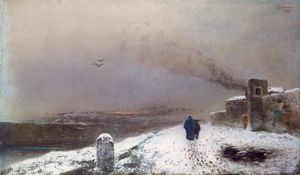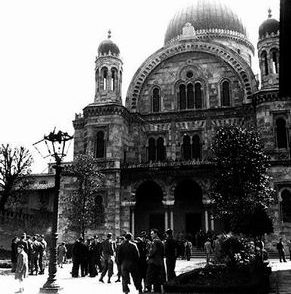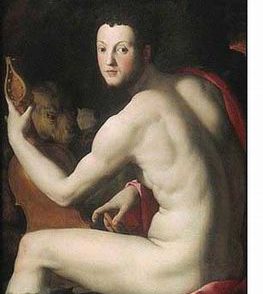One of the delights of dipping into the Medici Archives is discovering that our ancestors could be just as irreverent, cynical, critical and downright mean as any twenty-first-century commentator. Two fine examples of scorn, lack of empathy, and disrespect for high office can be read in reports to Prince Francesco, who acted as regent for his father, Duke Cosimo I de’ Medici.
Ugolino Griffoni, writing from Rome in 1565, describes the state of health of Pope Pius IV:
The illness of His Holiness [catarrh, gout and fever] is caused by his not taking care of himself, spending late nights in the Belvedere and eating bad food. It is not surprising that he is in ill healththis morning he wanted to take a pill for catarrh against the advice of all his doctorsif he had only taken better care of himself we wouldn’t be making such jokes about him.
In Griffoni’s opinion, the 66-year-old pope had only himself to blame thanks to his late nights, unhealthy diet and stubborn refusal to listen to ‘sound’ medical advice. Griffoni had little reason to expect a rebuke from his political master for his irreverent comments on the lifestyle of the pontiff. He was certainly aware of the Prince Francesco’s low opinion of the ailing pope. Indeed, within six months Griffoni would be reporting the death of the prince’s distant relative, Giovanni Angelo de Medici, also known as Pope Pius IV.
Francesco’s agents and advisors were undoubtedly aware of the prince regent’s difficult relationship with his father, Duke Cosimo, who was still prowling the corridors north and south of the River Arno. Because Cosimo had delegated day-to-day administration of the Uffizi to his eldest son, the officers who manned the bureaucracy viewed the prince as their capo or master. Francesco, however, was irked by his role, aware that to the outside world, Cosimo was still the ruler when it came to the great affairs of state.
In addition, there was a personal grievance between father and son concerning the manner in which the Duke fawned over his latest mistress, Camilla Martelli, like a lovesick adolescent. Few in the Florentine court could deny Camilla’s beauty, which, when coupled with the maternal manner in which she cared for the Duke, gave her immense influence over her aging lover. After Pope Pius V honoured Cosimo with the title of Grand Duke of Tuscany in 1570, the Florentine court and Prince Francesco were outraged when Cosimo married Camilla on his return from Rome.
The relationship offered plenty of opportunities for ridicule, such as the letter written in January 1573 by Secretary Antonio Serguidi when Grand Duke Cosimo had little more than a year left to live:
His Highness [Grand Duke Cosimo] would surely be improving day by day if he did not give himself cause for frequent relapses. This is what happened when he did what he should not have done with his wife [Camilla Martelli] some pills and an enema emptied him outbut if he has recourse to Venus, we will soon find ourselves back where we were
No Florentine secretary would have dared to write so disrespectfully when Cosimo was actually running the day-to-day affairs of state. This example of malicious gossip, totally lacking in sympathy for a man suffering from a combination of painful illnesses, suggests that the Duke’s frailty was a direct consequence of his sleeping with his wife. The correspondent hints that Cosimo will not be able to resist love’s temptations, thereby impeding a full recovery. The letter’s tone reflects the snobbish and condescending attitude of the court towards both Camilla Martelli and the Grand Duke. It is a frank letter only because it is in agreement with the prejudices of Prince Francesco.







